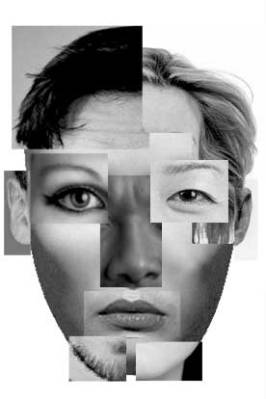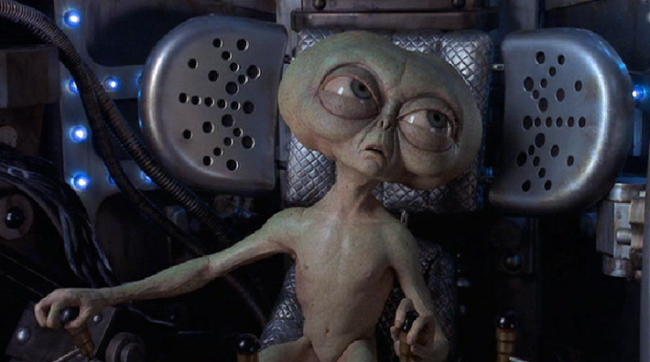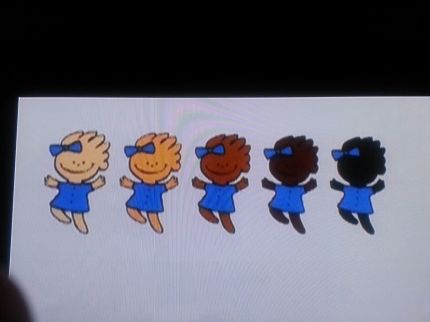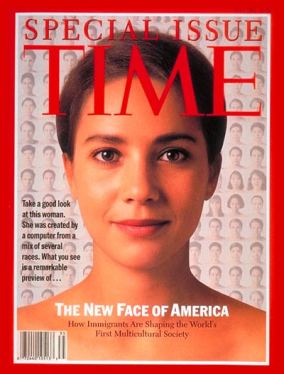Dear Incoming Freshman,
 I would like to preface this letter with a lively, belligerent Orange “Welcome!” on behalf of the Syracuse University student body. Congratulations on your acceptance and enrollment to the best college ever. Over these four or five years you spend as an undergraduate student, you will take many classes which you find lightyears more interesting than your high school ones and others where neither you nor the professor know anyone’s names. And that’s ok. And likely of the biggest, most pivotal skills you will acquire in your freshman year is the ability to actually read and write.
I would like to preface this letter with a lively, belligerent Orange “Welcome!” on behalf of the Syracuse University student body. Congratulations on your acceptance and enrollment to the best college ever. Over these four or five years you spend as an undergraduate student, you will take many classes which you find lightyears more interesting than your high school ones and others where neither you nor the professor know anyone’s names. And that’s ok. And likely of the biggest, most pivotal skills you will acquire in your freshman year is the ability to actually read and write.
Hold on. I know. She said it. Reading and writing. I know, I know. But not the way you did it in high school. The real way. In the real world, you read for content, not completion. In college, you read a ton of essays and texts and they all sound the same and you eventually learn how to pull out the valuable information. Did you ever notice that when you highlighted your textbooks to study you still couldn’t figure out what was important? Freshman year fine tunes those skills.
I am an Industrial Design student within the school of Visual and Performing arts, and because of that I only take two academic courses this semester: Writing 105, and Russian 101. In Russian, the only reading or writing is strictly factual and informative with nothing to deduce or infer. I entered Writing 105 with the notion that my academic writing was fine at the level where it was. The very ‘high school’ approach of “summarization” in academic writing actually requires no skill at all. The real challenge in academic writing is analysis, which begs the question, how can you tell the difference when you’re the writer?
 The only writing I do outside of Writing 105 in design school is in Modern Art History where I am asked to write one page single-spaced personal responses to eras, movements, and styles.These are very easy to receive Check-Pluses on, considering that all you have to do is write down how you feel. One particular assignment was to watch a dreadful hour long video about the First World Fair in England, and then respond in the normal fashion. I decided to skip out on the video and just do some internet research and summarize what I had learned. Needless to say, I received a Check-Minus. I was only able to absorb dates and names and facts and regurgitate them. Through constant readings and responses in Writing 105, I managed to hone in on the skill it took to absorb text. By the Unit 2 assignment, I was able to watch a 90 minute documentary and use it as a major source in my paper.
The only writing I do outside of Writing 105 in design school is in Modern Art History where I am asked to write one page single-spaced personal responses to eras, movements, and styles.These are very easy to receive Check-Pluses on, considering that all you have to do is write down how you feel. One particular assignment was to watch a dreadful hour long video about the First World Fair in England, and then respond in the normal fashion. I decided to skip out on the video and just do some internet research and summarize what I had learned. Needless to say, I received a Check-Minus. I was only able to absorb dates and names and facts and regurgitate them. Through constant readings and responses in Writing 105, I managed to hone in on the skill it took to absorb text. By the Unit 2 assignment, I was able to watch a 90 minute documentary and use it as a major source in my paper.
One of the hardest concepts for me to grasp about academic writing was found in the document “Seems to Be About X…”. This briefly presented the idea that what you see is not necessarily what you get. It implores you to read in between the lines and use skills of inference. By taking a single statement, and asking yourself the implications of that statement, you are able to see what the real message is.
The skills I gained in Writing 105 have helped me enormously with my reading skills. I personally do not yet have much reading to complete in my college classes outside of this one, but I find that my deductive and identification skills have taught me how to be a better reader outside of class. For next semester, I will be beginning my track for my minor in Russian Literature, as I take my primary classical literature course. It will be a reading intensive class and I know that having these skills will m ake the half dozen books we read go by much quicker.
All semester, in my Modern Art History class, we have been discussing manifestos in great detail and depth. When I was assigned to read another one in Writing 105, I literally recoiled. We read an updated, reinvented version of “The Labor Day Manifesto”. It concisely told the reader how to be more productive and content with yourself and your life by following eleven steps. It is hard to take an instruction guide, so to speak, seriously as an example of academic writing but it is. Think about it. Academic writing is just grammatically formal, analytical, evidence based writing from a perspective in an academic environment.
ake the half dozen books we read go by much quicker.
All semester, in my Modern Art History class, we have been discussing manifestos in great detail and depth. When I was assigned to read another one in Writing 105, I literally recoiled. We read an updated, reinvented version of “The Labor Day Manifesto”. It concisely told the reader how to be more productive and content with yourself and your life by following eleven steps. It is hard to take an instruction guide, so to speak, seriously as an example of academic writing but it is. Think about it. Academic writing is just grammatically formal, analytical, evidence based writing from a perspective in an academic environment.
All in all, academic writing is tricky. It’s one of those things that right now, you think you are adequately skilled in and you will continue to think so throughout the first semester. It will only be when you look back on your assignments from the very first weeks that you realize the incredible improvement you’ve made as a reader and writer. I look back on my first analyses from Writing 105 and can honestly say I smirked at how unknowingly lazily I wrote them.
Reflection
I struggled with this assignment. I’m just gonna put that out there into the open, as if you could not already tell. My writing is supposed to be improving dramatically, and I feel it has, up until this unit assignment. I felt as though as a design student in VPA, my perspective as a student here was skewed and invalidated as a writer about academia. I feel that because I do not complete any academic writings in college outside of my Writing class, I did not have much to talk about. Because of my lack of evidence, I found myself using filler and sort of BS’ing the essay. I know this essay is one of my poorer ones, but I genuinely don’t know what to do.
I read the literacy assignments in class, but I still don’t understand how they are supposed to apply to my personal situation. The “Literacy Games” article, for example. I really enjoyed this piece, but because I have no concrete academic classes, all of my teachers use “alternative” or “fun” learning methods, simply because they are studios. My major itself is very new age and fun and receives respect in spurts throughout society.
I felt like this unit was rushed. Maybe I feel that way because I was sick and missed some class, or maybe because we had the Thanksgiving break deadline pushing things; I don’t know, but I felt like we spent way less time on this section than the other two. I think additionally, this unit happened to be the hardest because it was the least concrete as a theme.
Overall, I’m very disappointed in my final product for this unit three assignment. I think I could have done a lot better and that irks me, but I struggle because I genuinely do not know how else I should have approached this. Maybe I went about my thinking the wrong way. I’m not sure. I just know I could have done much better.







